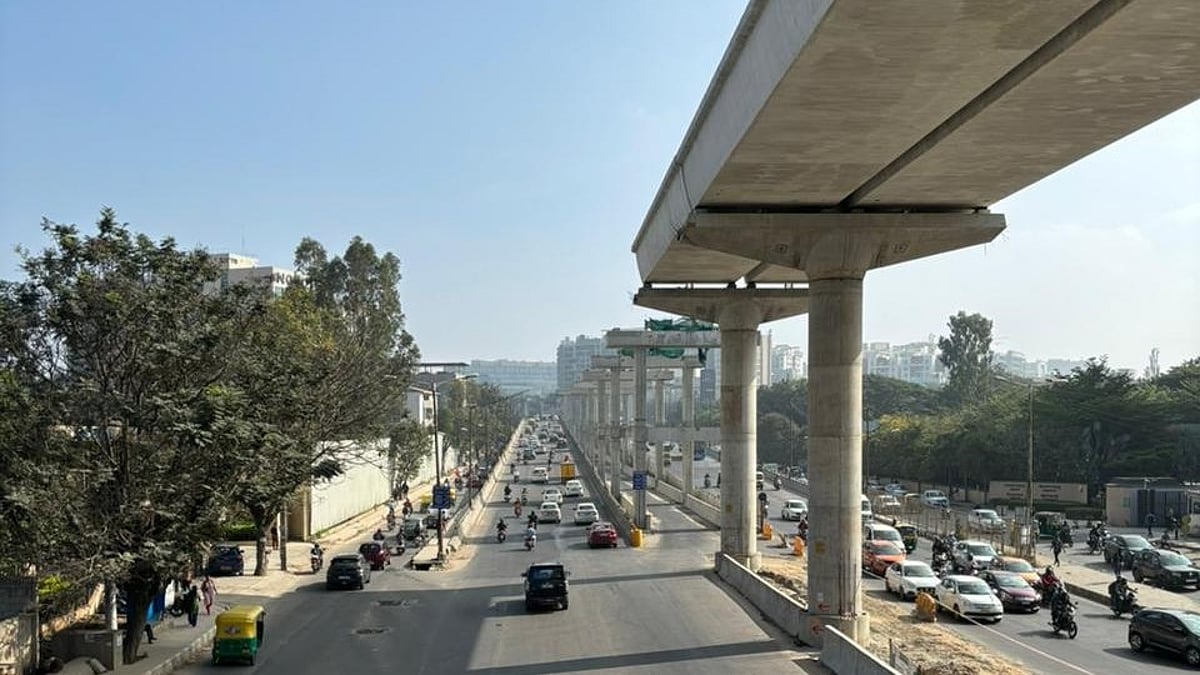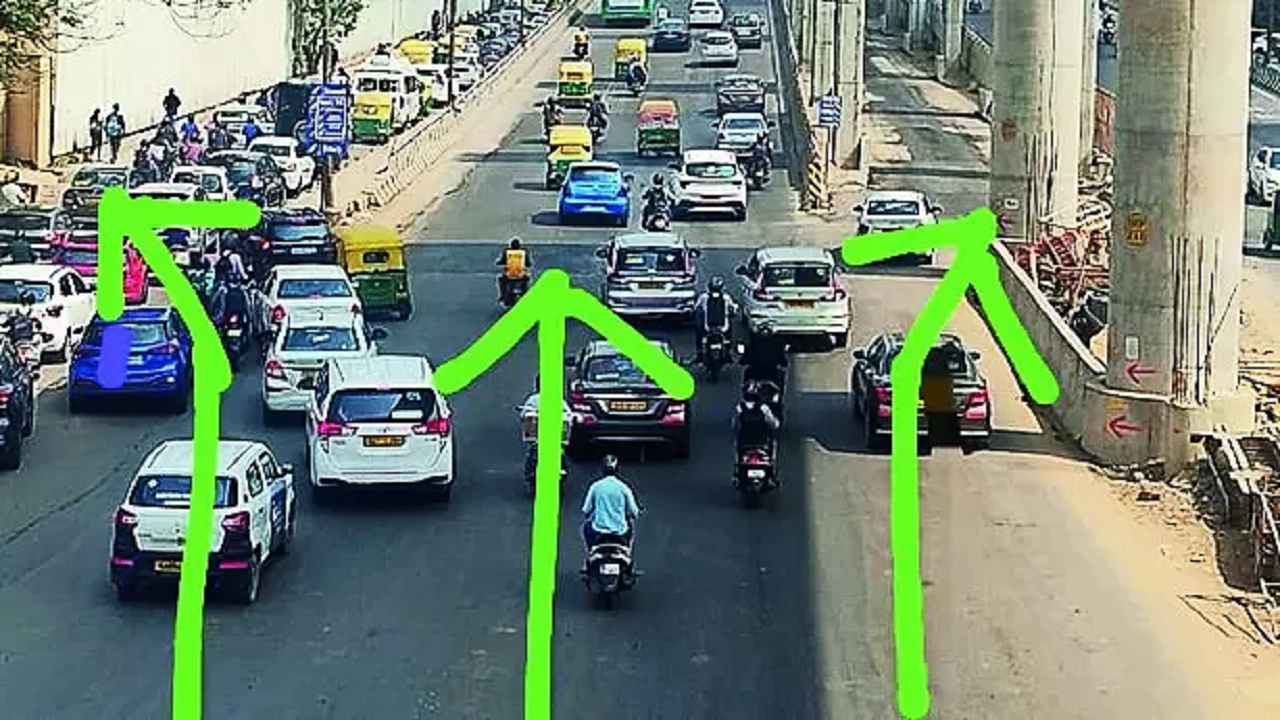Bengaluru’s bustling Iblur junction, situated on the Outer Ring Road in the southeastern part of the city, has long been notorious for its traffic snarls. Connecting major tech parks and the outskirts of the city, this junction faced exacerbated congestion due to ongoing metro construction devouring valuable road space.
Full Story:
Devised under the guidance of Shiva Prakash Devaraju, Deputy Commissioner of Police, the strategic modifications have significantly mitigated congestion throughout the day. The Iblur junction, a vital artery for commuters, was clogged with vehicles navigating between tech hubs and the outskirts, compounded by the challenges posed by ongoing metro construction.
The pivotal move involved recalculating the vehicle load and implementing changes accordingly. Metro barricades and debris beneath the metro viaduct were promptly cleared, allowing the opening of a previously restricted lane for traffic flow from the Bellandur signal to the Ecospace junction.

Source: DH
Simultaneously, a redirection for those heading towards Sarjapur Road was established at the Bellandur Gate, while commuters from HSR Layout bound for Ecospace were facilitated with an immediate U-turn before the Iblur junction beneath the metro viaduct. These strategic alterations effectively reduced the travel time for vehicles passing straight through the junction, leading to a notable reduction in overall congestion levels.
A glimpse into the data shared by the traffic police underscores the success of these changes. A comparative analysis between Thursdays from September to November 2023 and the current data until January 11 reveals a substantial improvement in traffic conditions at the Iblur junction. Previously, congestion at 10 am on Thursdays reached an average length of 1,000 meters between September and November, but this figure plummeted to approximately 400 meters in January following the implementation of the alterations.

Source: Times of India
Further, the peak congestion at 8 pm, which used to span a considerable 1,800 meters, has been drastically curtailed to an average of 250 meters at the same hour. Shiva Prakash Devaraju attributes this success to the utilization of Artificial Intelligence (AI) by the traffic police.



















































































